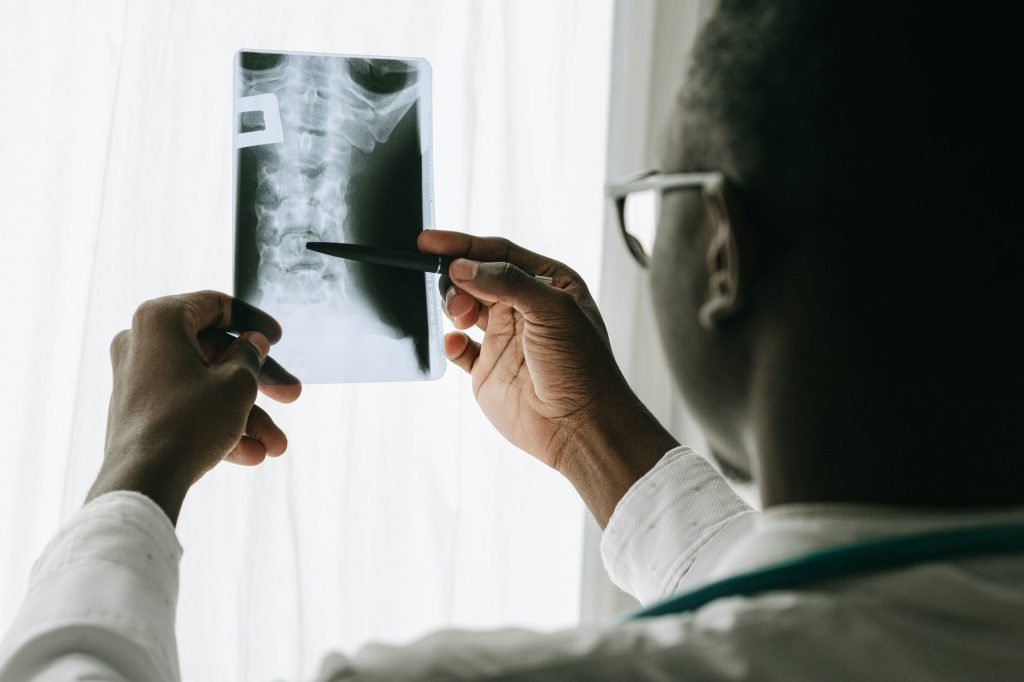The Musculoskeletal Injuries Types, causes or musculoskeletal disorders are various. They may be caused by: accidents, repetitive movements, poor posture, falls, exerting too much force, fractures, trauma, sitting in the same position for extended periods, vibrations, uncomfortable working position, working too long without breaks, etc. However, the injuries that affect the musculoskeletal system, such as bones, nerves, muscles, ligaments, tendons, and joints, are called musculoskeletal injuries. Before treatment, musculoskeletal imaging is necessary. Musculoskeletal imaging includes directing and interpreting medical images of joints, bones, tissues, muscles, etc. Radiologists use different imaging techniques such as X-rays, CT scans, MRI, Ultrasound, etc. Need a professional x-ray? Search out X-ray services Watauga. X-rays will examine that area where you are experiencing discomfort or pain and determine how effectively a prescribed treatment is working. These injuries can cause severe or long-lasting effects that may affect the entire body.
Symptoms of Musculoskeletal pain
The symptoms depend on the type, location, and intensity of the injury. The symptoms differ from person to person but, the most repeated symptoms include:

- Aching Feeling
- Prickling Sensations
- Muscle Twitching
- Burning Sensations in the Muscles
- Fatigue
- Difficulty in Sleeping
- Swelling
- Numbness
- Tingling
Commonly affected areas include shoulders, wrists, legs, knees, feet, hips, and back.
Musculoskeletal Injuries Types
Different musculoskeletal injuries that people suffer from are:
Tendinitis
Tendons are the tissues between muscles and bones. Tendinitis is also known as tendonitis. To reduce pain, the treatment of tendinitis may include rest, medications, and physical therapy. In case of the rupture of a tendon, your healthcare provider will suggest surgery. Symptoms of tendinitis appear at the site of the surrounding area. These include:
- Pain when moving the affected joint.
- Tenderness
- Mild Inflammation
Avoid tendinitis by: don?t stay in the same position, do not utilize a single hand to lift weighty objects, and stop doing activities if you feel pain.
Ligament Sprain
Ligaments are the hard tissues that attach bones to the joints. A sprain is a stretching of ligaments. It usually occurs when you crack a ligament while stressing a joint. The frequent locations for a sprain could be ankle, knee, wrist, and thumb. It can cause walking on an uneven surface, pivoting during athletic activity, landing awkwardly from a jump, landing on an outstretched hand during a fall, etc. Symptoms of ligament sprain may include:
- Pain
- Bruising
- Inflammation
Treatment may include rest, elevation, and compression. Safety precautions are: avoid putting weight on the affected joint, ice your affected joints 2 to 3 times a day, and compress the surrounding area with an elastic bandage. Talk to your healthcare provider. Otherwise, it can tire your muscles, or it can make you more prone to injury. You may feel fatigued, which is why your muscles will provide no support to your joints.
Bone Fractures
Breaking of a bone is known as a bone fracture. Bones can break while they are very hard. An Accidental injury is the main cause of bone fractures. Osteoporosis is another reason for bone fractures. Osteoporosis makes your bones weaker as you grow. The symptoms and signs depend on which bone breaks, a person?s age, and the intensity of the injury. However, typical symptoms include:
- Severe Pain
- Failure to put weight on the injured area
- Bleeding (in case of open fracture)
- Swelling
- Bruising
- Inability to move the fractured area.
Talk with your healthcare provider. They may treat your broken bone with splints and casts, or they may recommend surgery. Splints and casts will not allow your bone to move. As a result, your bones develop together and heal.

As the editor of the blog, She curate insightful content that sparks curiosity and fosters learning. With a passion for storytelling and a keen eye for detail, she strive to bring diverse perspectives and engaging narratives to readers, ensuring every piece informs, inspires, and enriches.









